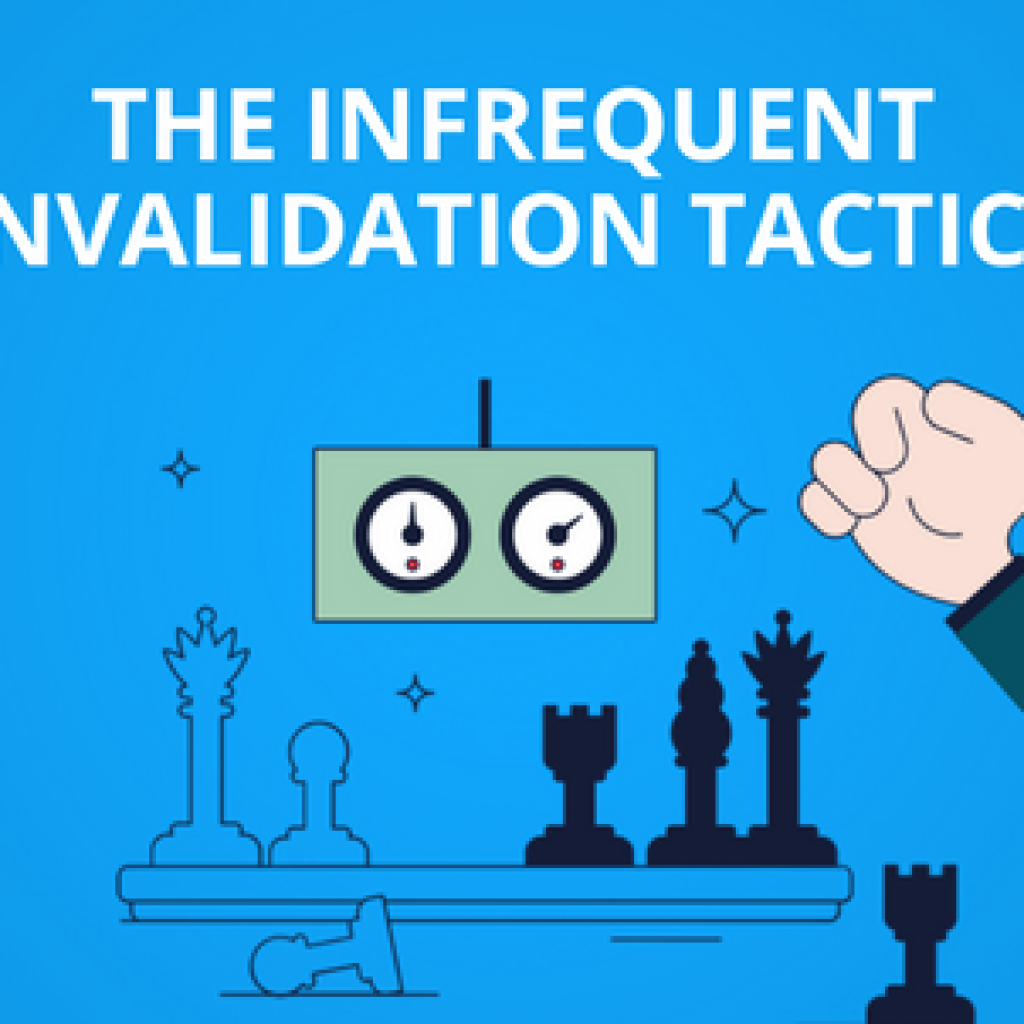After hearing the word patent infringement, the first thing that comes to most analysts’ minds is finding product literature and mapping it with the patent. What comes to our mind, on the other hand, is finding the technology and mapping it. This change in approach has helped us prove infringement which would not have been possible if we had followed the conventional approach.
One vital reason among many is that while performing a patent infringement analysis, we never consider the availability of information as a limitation. That’s why, in the last decade, we identified various patent infringements for which no information was disclosed by an infringer.
Once we know how the product functions, we figure out various ways to find the technology behind it. The use of software and digital tools makes many things easier and faster. However, these tools have their limitations too.
Today I’ll share one such instance where we encountered such a limitation in an infringement project. We followed the approach we mentioned above and adopted a different strategy when the use of tools became ineffective which led us to successfully prove the infringement.
Below is the pdf for claim chart mistakes which researchers often do that might hamper their chance to find an infringement or winning litigation. So, go through these mistakes once to make sure to avoid them.
Featured Resource: Download your 5700+ words free print-friendly guide on 15 Claim Chart Mistakes that can hamper your chances to win litigation:
The project required us to identify the infringement of our client’s technology by a hybrid car of the infringer. This was a kind of infringement project where finding relevant publicly available information was tough because automobile companies don’t disclose technical information in their product literature.
Hence, we analyzed real-time vehicle data using vehicle diagnostic software ‘Techstream’ to collect the information on how different parts of the car functions. We analyzed engine behavior, battery behavior – how the engine and battery behave during braking – and a lot of other parameters.
The software allowed us to analyze the vehicle data of which it generated graphs, too, at dynamic intervals by panning and zooming the graphs in time-scale but to no avail. Even after exploring other available options, we did not get what we were looking for.
Relevant Read: How Are Damages Determined For Patent Infringement In the US?
As per the data, the vehicle behaved opposite our assumptions. After some brainstorming, we found that the graphs displayed were for millions of data points collected over the drive. Therefore, there is a good possibility of overlooking spikes generated for tens or hundreds of data points.
We performed multiple analyses to find data points satisfying the requirements to prove infringement. The analyzed data, however, deviated from our expectations. The available options in the software were not taking us anywhere near to our belief. After much struggle with the software, we chose to shift to in-house data analysis.
By this time, we already had more than a million data points, and analyzing them manually was a challenge in itself. To top it all, some parameters required to derive insights were not directly available. It came as a surprise that important parameters like engine/battery power were not directly available. We had to derive such parameters from the other parameters.
With this in mind, we devised various drive conditions that could give us different data trends, which could further give the required insights. This time, unlike software, every single parameter was in focus, and instances with even a slight deviation were checked thoroughly.
The reasons were identified for deviations and the instances were dissected keeping in mind the vehicle conditions. The strategy that we adopted (i.e. In-house analysis instead of relying on the software) helped achieve the purpose and we got the results required.
Looking back, it was actually the commitment and the positive attitude of the team, which led us to prove the patent infringement which was not even expected in the first place. Another day of living by the motto, “If it exists, we will find it.”
Related Strategy: How To Defeat A Design Around, Prove Infringement, And Increase Value Of A Patent?









